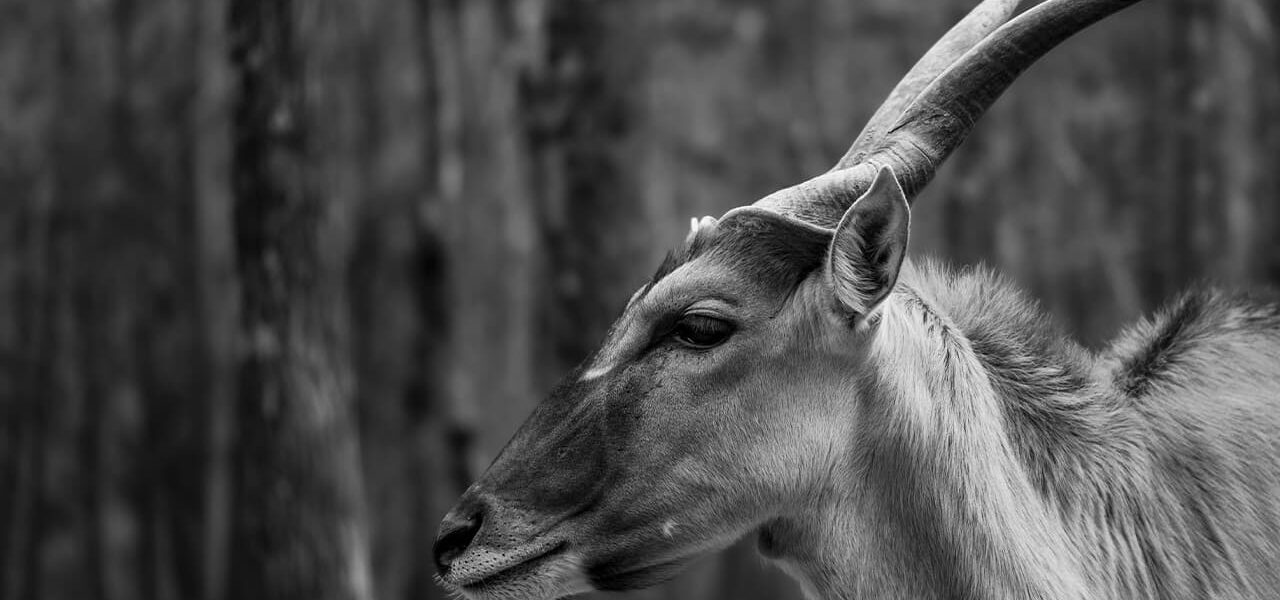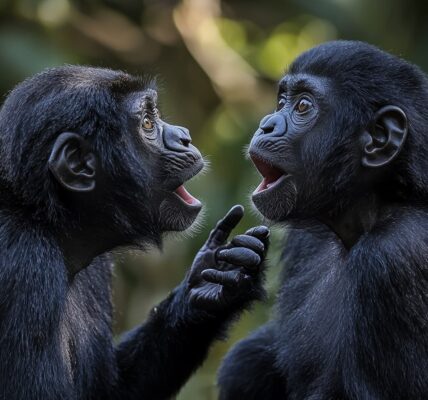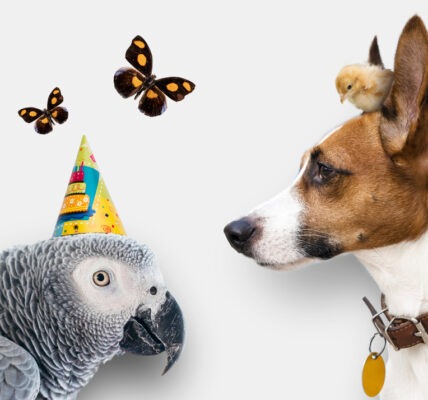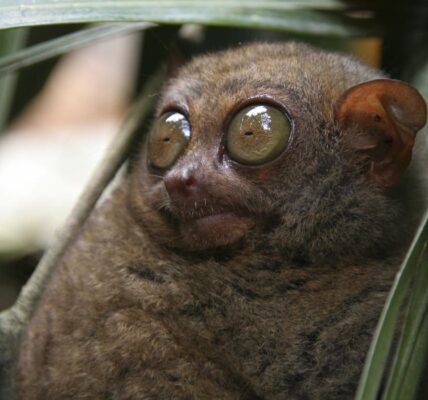The Saola (Pseudoryx nghetinhensis) is a rare, parthuman animal that has been nicknamed the “Asian unicorn” because of its stealth. The saola lives only in the Annam Mountains along the Vietnamese-Laotian border. This photo of the animal in its typical habitat was taken by a camera trap in Laos in 1999.
It wasn’t until 1992 that the scientific world first learned of the saola’s existence. While assessing the biodiversity of Vũ Quang National Park in central Vietnam, a team of researchers stumbled upon two skulls and a pair of horns belonging to a previously unknown animal. Later, 20 more samples were collected from local people, including the skin. DNA analysis, performed in 1993, revealed that the animal was a member of a new genus and species within the genus Cattle, Sheep, Goats and Antelopes.
Saola was the first large mammal discovered in over 50 years of research! Previously, in 1937, another species of horned mammal was discovered, the Cupreus (Bos sauveli), which was last seen in 1969. It was found in Cambodia, Vietnam, Laos, and Thailand. In addition to the Saola, the Annam mountains are home to many other rare species, many of which are found nowhere else on the planet: the Annam striped rabbit (Nesolagus timminsi), the chep deer (see Chepara deer picture of the day), two species of deer described following the saola (in 1994 and 1997), the giant muntjac (Muntiacus vuquangensis) and the Annam muntjac (Muntiacus truongsonensis).
The appearance of the saola was originally described only from skulls, teeth, skins, hunting trophies of local people, and specimens obtained by researchers. It was assumed that the animals weighed about 100 kilograms and reached no more than a meter in height. This is close to the truth: saolas weigh about 80 kg, reach a height of 90 cm at the withers and a body length of 180 cm. Scientists first saw a live saola in 1993, when two young animals caught by local residents were taken to the Botanical Garden in Hanoi. The animals lived less than five months.
No scientist had ever observed a saola in the wild, and the first photograph was taken with a camera trap in 1998. And this is incredible luck, because the first photo of the wild okapi (Okapia johnstoni), another secretive clandestine ungulate, was taken only 107 years after its discovery (see the picture of the day The Elusive Okapi).
A striking distinguishing feature of the saola is its horns. They are straight, parallel and sharp, up to 51 centimeters long. They occur in both males and females. Even the name sao la in Laotian translates as “spindle-shaped horns”. The saola’s muzzle has bright white spots and large jaw glands that are commonly used to mark territory and attract partners.
Little is known about the ecology and behavior of the saola. Since biologists have not yet been able to observe the saola in the wild, they get all the information by interviewing local residents who observe these animals or their tracks more often. It turned out that “Asiatic unicorns” prefer to live as far away from settlements as possible, they were often found near rivers and reservoirs, on animal trails, at a low altitude above sea level. But such information is, of course, incomplete, as the observation region is limited to the trails of local residents.
The International Union for Conservation of Nature estimates the total population of saolus as of 2021 to be less than 100. It is listed as an endangered species. It is threatened by habitat destruction (logging, agriculture) and hunting: saols are often caught in traps set by hunters to capture wild pigs, muntjac and serau (Capricornis). Attempts to keep (let alone breed) saola in captivity have not been successful. A total of just over 20 animals were caught, all but two released died shortly after capture.
The Saola Working Group was created in 2006, and its members deployed 300 camera traps over 17.7 square kilometers between 2017 and 2019. But not a single camera caught the animal in two years! It is assumed that camera traps are ineffective in dense forests because they do a poor job of recognizing individual animals, and saolas mostly move alone.
The last time a saola was caught alive was in the summer of 2010, and it was caught on a camera trap in 2013. Let’s hope these beautiful animals are still found in the forests of the Annam Mountains.




